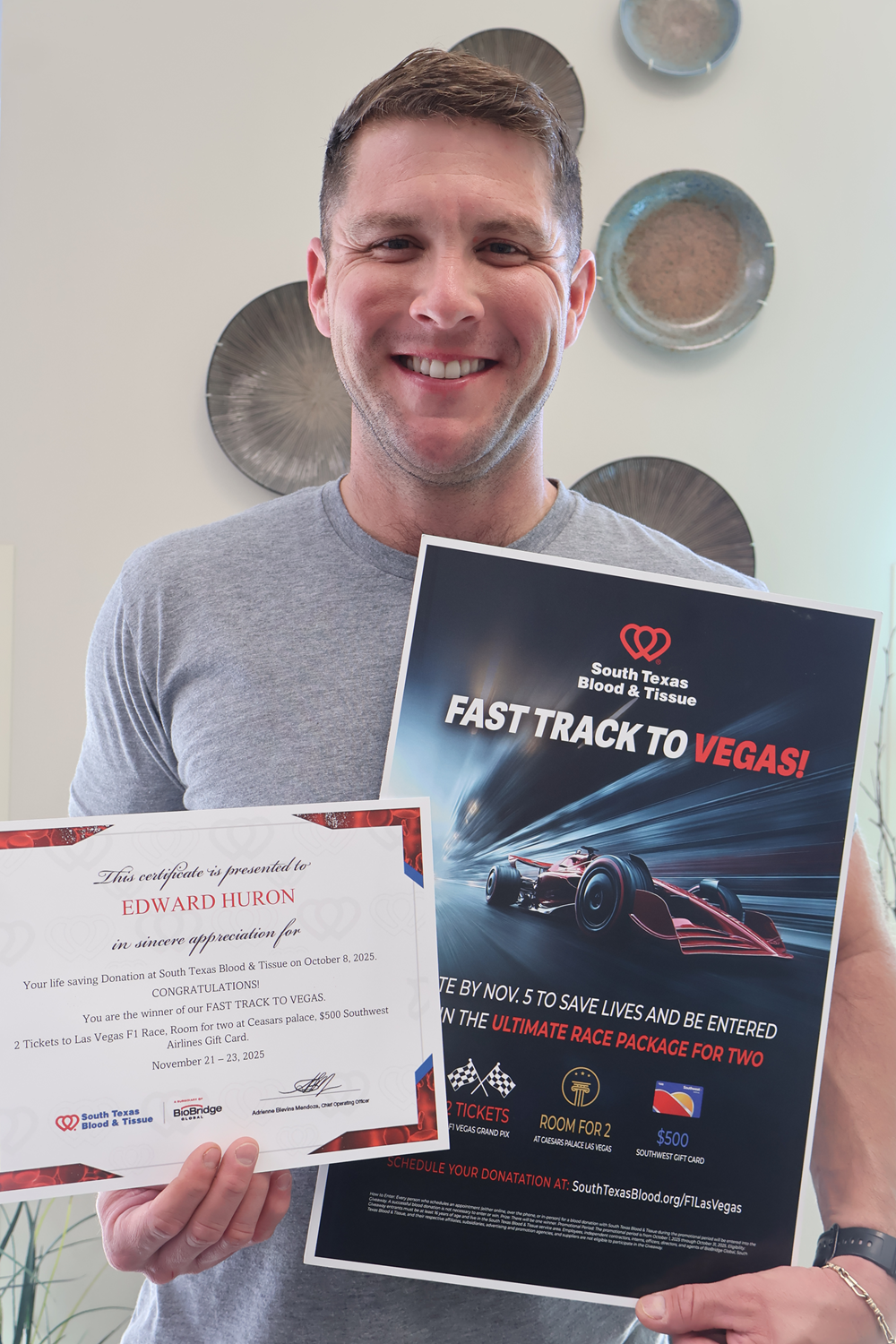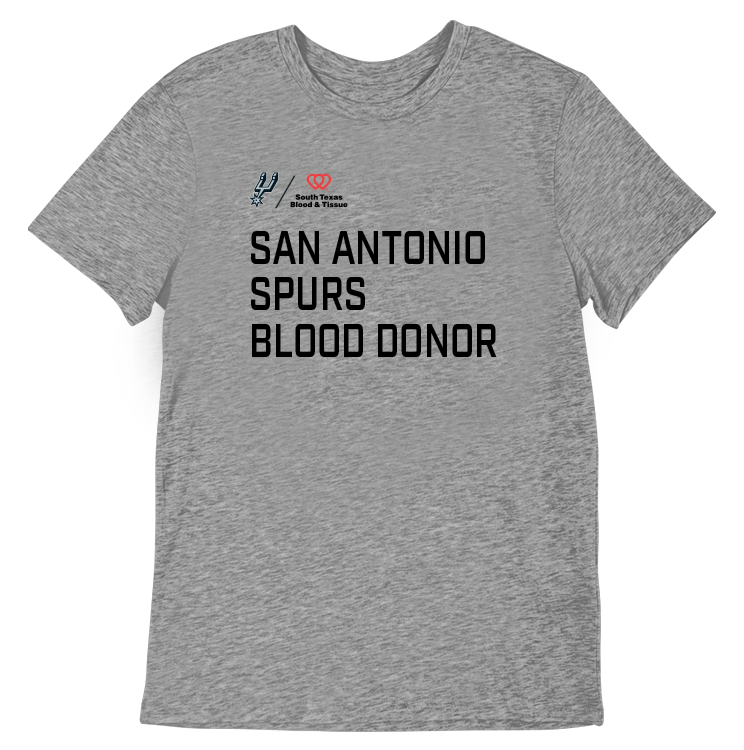Blueprint for Breakthroughs is a LinkedIn newsletter published by Adrienne B. Mendoza, MHA, SVP BioBridge Global and Chief Operating Officer (COO), BBG Advanced Therapies
Originally published on LinkedIn on September 23, 2025
A Patient, A Donor, A Breakthrough
Imagine a patient battling a debilitating illness who receives a therapy derived from the cells of a generous donor. This act of giving, performed without expectation of reward, not only transforms a single life; it sends waves of hope and healing through families, communities, and entire fields of medicine. Behind every allogeneic CAR-T infusion or MSC therapy dose, there is a donor—and behind every dose, a patient waiting for their bridge to possibility.
The Fragility of Global Supply
For years, advanced therapies have relied on a global model: collection in one country, testing in another, manufacturing in a third. This patchwork is showing its cracks. When global supply chains falter, patients pay the price in delayed therapies and missed chances. Recent trade policies now extend tariffs to raw materials, APIs, and biologics, raising costs and uncertainty for cross-border donor sourcing. This has driven major pharma companies to reshore production capacity—Roche ($50B in new U.S. sites), Eli Lilly ($5B in Virginia), and Amgen ($900M in Ohio).
Regulatory fragmentation is another hurdle. Centralized drug approvals sometimes exist, but trial authorizations and market access often depend on local decisions—adding unpredictable delays for donor-dependent programs.
Why Allogeneic Therapies Require U.S. Donors
Allogeneic CAR-T, CRISPR, and MSC-based therapies critically depend on large and diverse pools of well-characterized donors. Unlike some modalities, these products cannot afford inefficiencies or supply disruptions; robust donor access and standardization are essential to deliver consistent, scalable treatments to patients worldwide.
CAR-T and CRISPR Therapies: For allogeneic CAR-T and CRISPR-edited T cell therapies, healthy donor T cells are sourced via leukapheresis. These cells are manufactured into standardized “off-the-shelf” batches that can treat multiple patients, streamlining logistics and expanding access. Disruptions in donor supply or screening directly threaten manufacturing timelines and delay life-saving care, particularly when therapy is indicated for rapidly progressing hematologic cancers.
MSC Therapies: Allogeneic mesenchymal stem cell (MSC) programs require sustained, high-volume marrow or tissue donations. They support indications needing repeat dosing, such as GVHD or cardiac repair, so any gap in donor sourcing puts patient continuity and outcomes at risk.
U.S. Donor Ecosystem: The U.S. donor pool stands out globally for its:
- Genetic diversity, enabling matches for every ancestry and specialized HLA needs.
- Robust regulatory environment (FDA, NMDP, AABB), supporting safe and ethical sourcing.
- Operational scalability—facilitating rapid donor recruitment, universal eligibility screening, and high-volume manufacturing partnerships.
- Infrastructure for continuous, validated collection, essential for programs with repeat dosing or large patient bases.
Key Takeaway: As allogeneic modalities take center stage in cell and gene therapy, the future of patient access depends on the continued strength, inclusivity, and reliability of the U.S. donor ecosystem. Optimizing donor selection and expanding the pool are a commercial and clinical imperative.
(Sources: NMDP, CIBMTR, AABB, FDA, Phacilitate, Cellgenetherapyreview.com, Mesoblast, ASGCT, 2025)
Market Data: Why Donor-Centric Models Matter More Than Ever
Recent global data show the allogeneic cell therapy and gene therapy market—especially CAR-T, MSC, and CRISPR-based platforms—outpacing autologous approaches, with growth rates exceeding 25% CAGR over the next decade. This momentum is driven by the scalability of off-the-shelf solutions and the growing preference for therapies that can be rapidly manufactured and distributed worldwide. For U.S.-based starting material providers, this represents a fundamental shift: donor selection, quality, and logistics are now central to pipeline success, not just a compliance checkbox.
With demand for well-characterized, GMP-compliant donor material rising sharply, U.S. capabilities in diverse donor sourcing, regulatory reliability, and robust supply chains offer a unique market advantage. Companies that anticipate this shift—investing in scalable donor recruitment and end-to-end traceability—are positioned as indispensable partners for next-generation allogeneic innovations..
Donor-Derived Product Pipeline
Recent advances in cell therapy show a rapid shift from autologous to allogeneic production models, utilizing donor bone marrow, cord blood, adipose tissue, and iPSC lines. Leading examples:
Example MSC Products
- iPSC-Derived MSCs: Ernexa Therapeutics (ERNA-101/102) entering trials for ovarian cancer and rheumatoid arthritis.
- Adipose-Derived MSCs: Kiji Therapeutics (KJ01, KJ02) moving forward for GvHD and inflammatory diseases.
- Umbilical Cord/Bone Marrow–Derived MSCs: Medipost’s Cartistem and Mesoblast’s Ryoncil (bone marrow) are late-stage or FDA-approved for GVHD.
- Global MSC Approvals: There are now 12 MSC-based therapies approved for use worldwide, expanding indications beyond orthopedics.
Example Allogeneic CAR-T Therapies
- Universal Platforms: CARGO Therapeutics designs vectors convertible to allogeneic (off-the-shelf) CAR T, leveraging donor T cells rather than patient-sourced cells.
- Allogene Therapeutics: ALLO-501/501A (CD19), ALLO-316 (CD70) are progressing in hematologic and solid tumors, relying exclusively on healthy donor T cells.
- Gamma Delta CAR-T: Adicet Bio’s ADI-001 (gamma delta T cells) for autoimmunity and oncology—also donor-derived.
- Sector Approvals: By March 2025, more than 44 cell therapy products—including numerous off-the-shelf CAR Ts—were approved for commercial use.
CRISPR-Edited Therapies:
The CRISPR revolution continues with companies such as CRISPR Therapeutics and Caribou Biosciences pioneering donor-derived, gene-edited cell products. Globally approved treatments like Casgevy for sickle cell disease and beta thalassemia showcase the power of allogeneic genome editing, and current pipelines address leukemia, lymphoma, and rare genetic disorders. Innovations aim to improve immune evasion and long-term therapeutic impact.
Gamma Delta and Universal T Cells:
Firms such as Adicet Bio use gamma delta T cells—sourced from healthy donors—to create versatile, off-the-shelf immunotherapies with applications in both cancer and autoimmunity. These platforms offer innate-like targeting capacity, reduced graft-versus-host disease risk, and clinical flexibility compared to conventional T cell models
Operational Enablers of the U.S. Donor Source
Testing That Travels: Regulatory and Quality Requirements
Donor screening is critical—but complex. U.S. FDA standards require comprehensive panels (21 CFR 1271), testing for HIV, HBV, HCV, HTLV, syphilis, CMV, and WNV. Europe’s EMA ties approvals to blood-donor–equivalent panels plus national add-ons; Japan’s PMDA mandates extra screening for infectious agents. The advantage of U.S. infrastructure: labs here routinely validate combined FDA, EMA, and PMDA panels—enabling single U.S. collections to meet global requirements, speeding delivery and protecting patients from delays.
Scalability of the Donor Ecosystem
The U.S. offers a robust foundation: more than 30,000 daily blood donations, a growing pool of cord tissue donors, and well-established networks supporting seamless logistics, cold chain, and chain of identity. Reasonable donor compensation is permitted under regulatory oversight, mirroring the plasma industry, where the U.S. supplies about 70% of the world’s safe plasma.
Lessons from Plasma
Plasma-derived therapies once stumbled over supply and regulatory hurdles. U.S. compensation models scaled supply and now ensure millions access lifechanging immunoglobulins and clotting factors. Cell and gene therapies are at a similar crossroads—without the U.S. donor ecosystem, global demand will quickly exceed supply.
BBG Advanced Therapies: Building the Bridge
- Nationwide donor partnerships tightly linked to advanced therapy pipelines.
- Testing panels validated for global compliance—FDA, EMA, and PMDA (and others).
- End-to-end logistics, from cold chain to quality tracking, that preserve donor contributions.
- Diversity initiatives to expand patient access across all demographics.
Closing Call: Patients and Donors at the Center
Access to every allogeneic cell therapy and gene therapy breakthrough comes down to two people—the patient, hoping for healing, and the donor, whose gift makes progress possible. Tariffs and regulatory patchwork threaten fragile supply chains, but the U.S. donor ecosystem—diverse, tested, scalable—offers the way forward. For advanced therapies, it is an operational solution and the bridge connecting donor generosity to patient hope.
For more details or guidance on donor programs, reach out anytime to discuss how this model can accelerate access and impact—even beyond your current pipeline.



